Why No HTTPS? The 2021 Version
Troy Hunt
AUGUST 12, 2021
More than 3 years ago now, Scott Helme and I launched a little project called Why No HTTPS? The top million is defined by Tranco and Scott uses it to produce 2 other lists which drive this little project: The top sites that redirect to HTTPS The top sites that don't redirect to HTTPS These lists don't add up to 1 million.


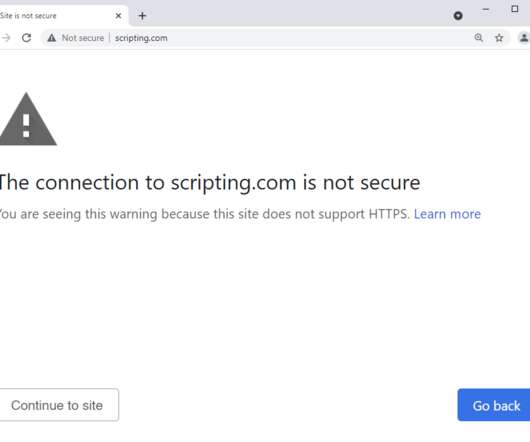


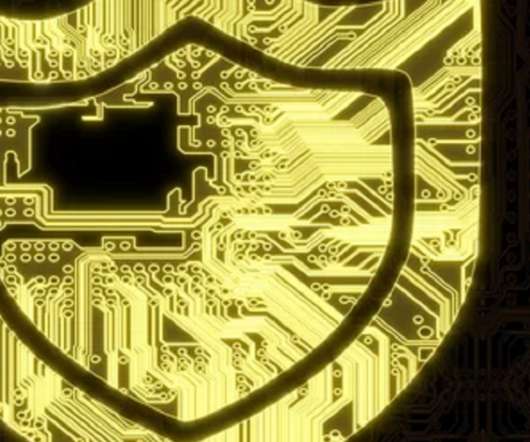
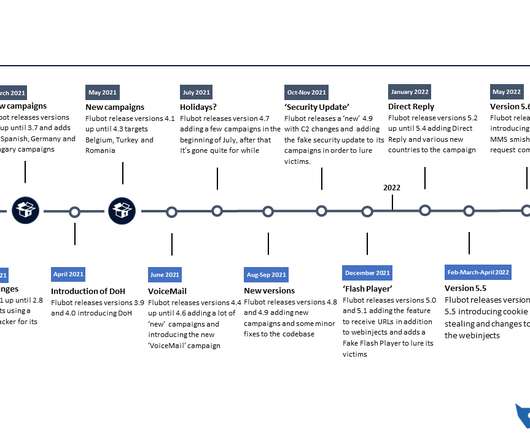
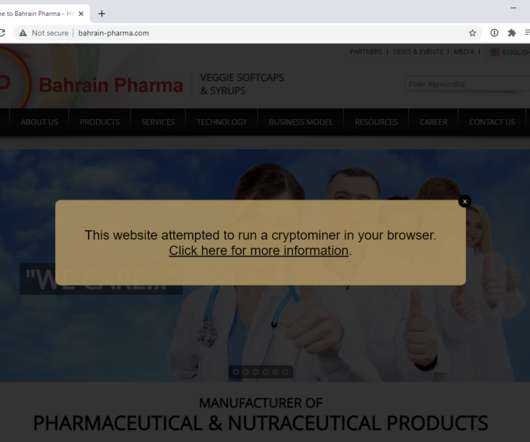


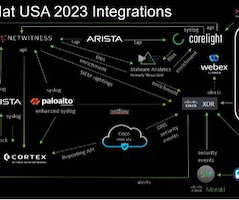






Let's personalize your content